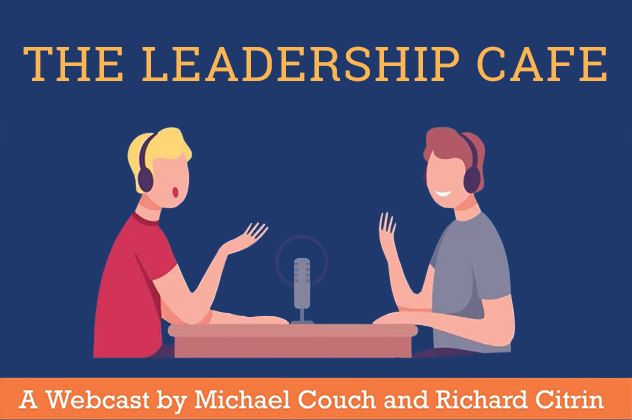 and homework’s role in it and voila, an article appeared in yesterday’s New York Times about “The Trouble with Homework”. He was right, I thought.
Well the article, by Annie Murphey Paul drawn from her book about the science of learning entitled “Origins”, points out some cool ideas about learning, many of which are studied under the heading of Mind, Brain and Education. She describes some interesting learning strategies coming out of this research
and homework’s role in it and voila, an article appeared in yesterday’s New York Times about “The Trouble with Homework”. He was right, I thought.
Well the article, by Annie Murphey Paul drawn from her book about the science of learning entitled “Origins”, points out some cool ideas about learning, many of which are studied under the heading of Mind, Brain and Education. She describes some interesting learning strategies coming out of this research
- Spaced Repetition- This approach spaces out the learning timeframe that students usually study a subject. Instead of a class segment that studies poetry for two weeks followed by some other form of literature, they may study poetry over a 6 week period interspersing other subject matter in between the discussion on different poets.
- Retrieval Practice- Student learn better if they must actively retrieve information from their brain and there may be no better tool for doing this than the testing format. So in addition to the test measuring performance, a series of small tests actually help the student learn. As I certainly learned in school, just taking notes and making outlines, does not a learner make
- A final approach pushes student learning by forcing them to get out of their routine of expectations. For example, if the assignment for a 7th grade biology class involves working on an expected set of question about volcanos, earthquakes, tsunamis and hurricanes, it is best to mix up the topics among homework questions rather than asking 5 questions on volcanos, 5 on earthquakes, etc. Results from a study with 4th graders showed that kids who worked on practice questions that were mixed up did better than those who studied one problem at a time.
